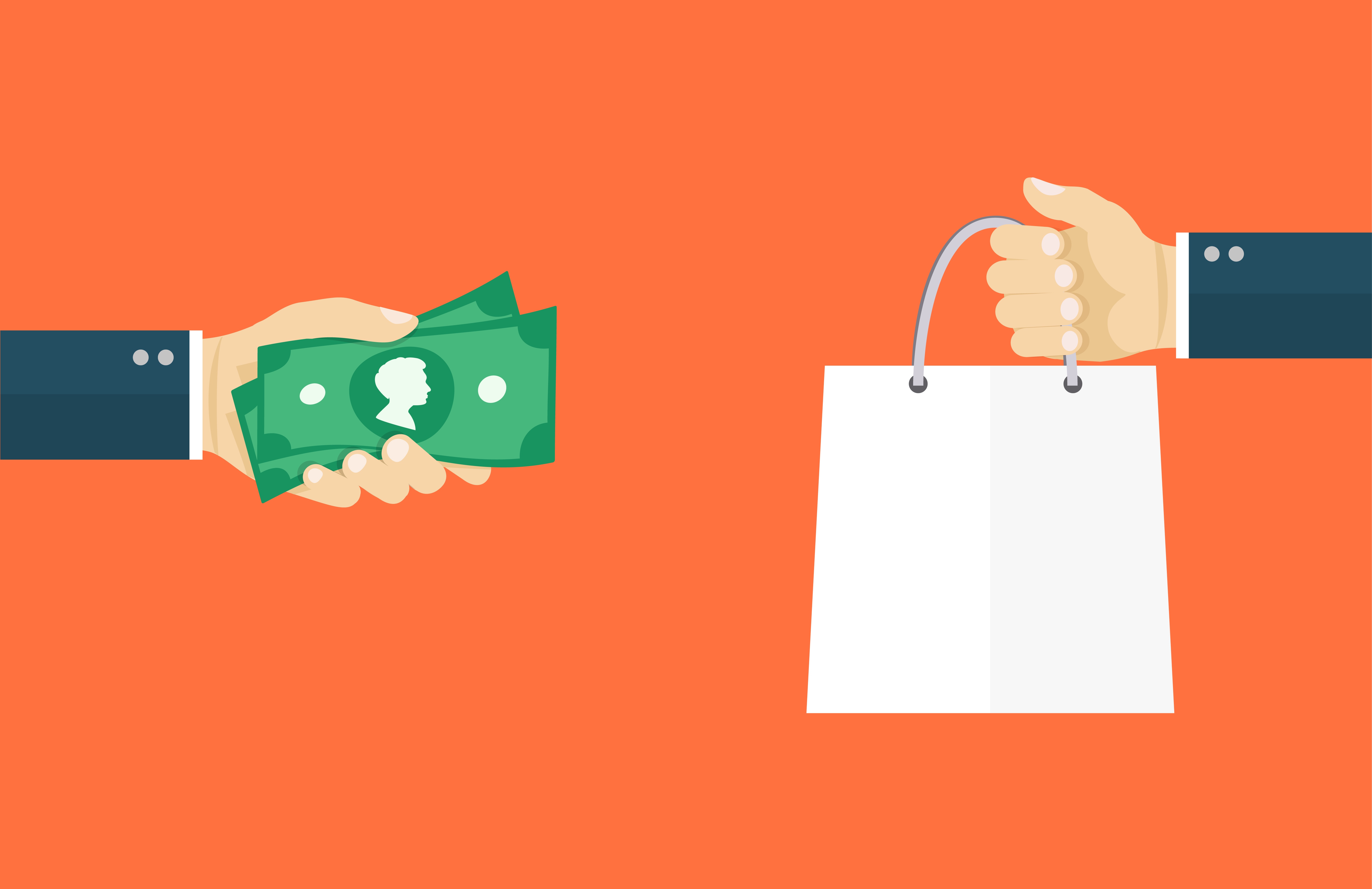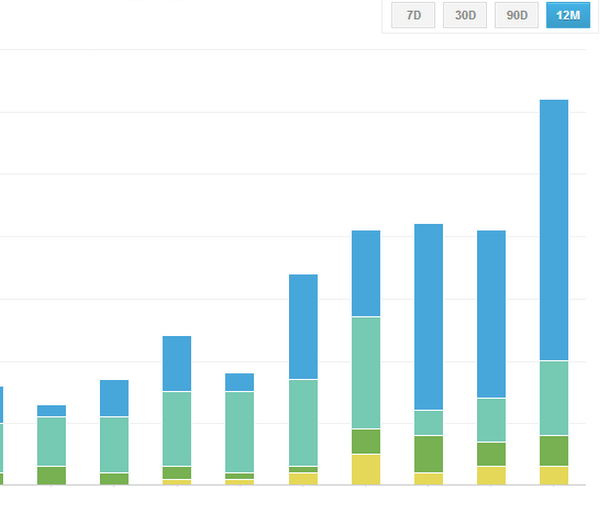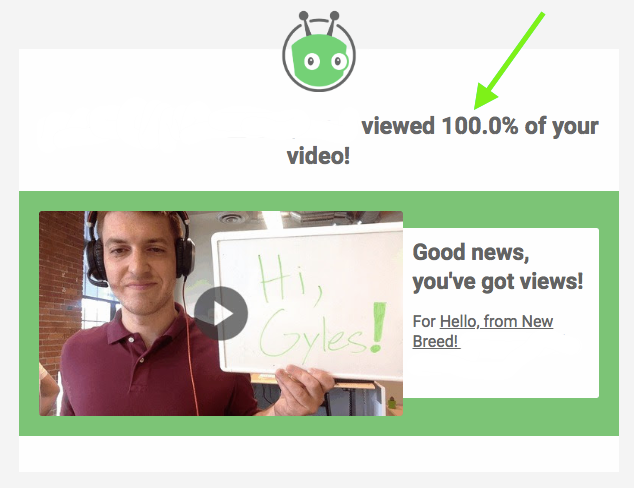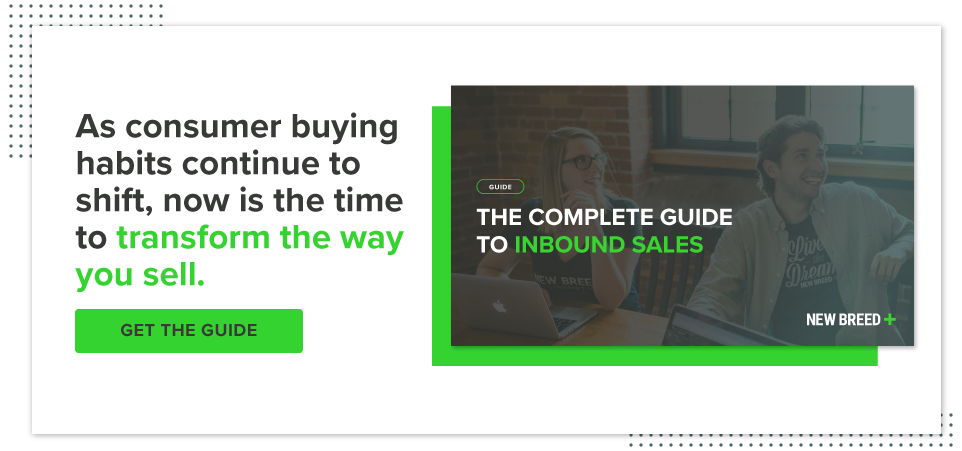
Any company can have a good product, but it's difficult to find companies with good people to sell that product. And as we all know, salespeople play an important role in the buyer's journey. Engaging content and strong marketing tactics help prospects gain initial interest, but salespeople educate prospects further, to propel them toward a purchase.
Plenty of sales strategies exist to help salespeople improve their selling skills, but many salespeople search for that one way to transform the selling process and generate countless deals. We've got good and bad news. It's a double-edged sword. The "one way" doesn't exist. There's no magic formula that enables you to sell endless product at a rapid speed for a high price tag. Luckily, though, there are some strategies to keep in mind that will help your sales team move faster through the cycle and close bigger deals.
11 Ways to Sell Faster and Close Bigger Deals
1. Think About Sales From a Reporting Perspective
If you're in sales, remember that reporting is your friend. Just like the marketing funnel has six stages, the opportunity phase of a sales cycle has six stages. A good salesperson uses reporting to discover the gaps in their sales process, just as you would if you were analyzing gaps in your marketing funnel. If you can pinpoint where the bottlenecks exist in your sales process, you will be able to adjust accordingly and speed up the buying process. For example, if you notice your assessment/demo process has a three-to-four day turnaround, you might look into other options that would only take a day or two to complete in order to shorten your sales process.
2. Leverage Historical Data
Looking back at your data will give you a better understanding of which selling tactics have worked for you in the past, and which ones haven't. You will also be able to analyze trends, such as average length of the sales cycle or the average deal size of companies similar to the one you're working with now.
3. Forecast
While it's important to look back at your past sales data, it's also crucial to make sure you're looking ahead. Forecasting plays a significant role in the strategic aspect of selling. Predicting realistic closing dates for prospects in the pipeline is a great way for salespeople to prioritize deals. It allows them to determine which opportunities need immediate attention and which ones are not as urgent.

4. Don't Put All Your Eggs in One Basket
If you work in sales, it's probably no shock to you that it's a field filled with unpredictability. It's one of those jobs where some months are really good, and other months are really bad. This is why it's so important to not throw all your energy into one deal, no matter how amazing it might be. You should be consistently feeding your pipeline and working to generate new leads. New opportunities are just as important as existing opportunities. Your win rate is a great indicator of how you should be managing your pipeline. For example, if you know your win rate is 33%, then you also know 66% of your opportunities will be closed-lost. This means that to balance your ratio effectively, you have to continue bringing in more opportunities.
5. Identify Your Prospect's Role in the Buying Process
One of the biggest problems salespeople face when it comes to a deal stalling is getting too far into the process with the wrong person. Most sales opportunities begin with the champion, or the person working for the decision maker, as a main point of contact. For example, you might start working with a manager who sees value in your product, but the actual purchase decision comes from the C-suite. It would be a waste of time and effort to go all the way through the sales cycle to find out that the actual decision maker is not interested in your product. This is why you should make it a priority to get the decision maker involved in the buying process as early as possible. This will help to push the sale along faster, or save you time for other opportunities if that decision maker isn't interested.
6. Know That Not All Sales Opportunities are Created Equal
A good salesperson knows that all sales opportunities are not created equal. They should be prioritized based on value. Some deals may have a more urgent timeframe or may provide more monetary value than others. It's important to recognize this and build your sales strategy around the idea of putting in more effort to higher-priority deals.
7. Know That Not All Companies are Created Equal
Just like all opportunities aren't created equal, all companies aren't either. When working with prospects, make sure to take into account the makeup of their company and their buyer persona. A smaller company with one to two people involved in the decision making process will likely have a shorter sales cycle than a larger company with seven to eight people involved in the decision making process. This is something to keep in mind when working your deals and forecasting your closing dates.
8. Know Your Strengths and Weaknesses
Every salesperson has different strengths and weaknesses when it comes to selling. A good way to identify them is going back to your historical data and seeing what types of deals you have closed in the past. This activity will help you distinguish between the types of deals you excel at and the types of deals you struggle with. If there is someone else on your sales team that excels at a deal type you struggle with, don't be afraid to leverage them for assistance.
9. Be Creative with Your Sales Process
Technology associated with CRM software has come a long way over the past few years and is helping salespeople tap into their creativity. For example, the new personalized video tool has had a drastic impact on sales outreach; it provides prospects with human interaction during the initial sales conversation. Social selling is another tool that has been successful for salespeople. Following prospects on social networks like LinkedIn and sharing content is a great strategy for expanding your network and contact base.

10. Always Be Helping
There was a day when the objective of sales was convincing someone to buy your product. Now, it's no longer about convincing people why they should buy your product, but instead educating people on how your product can help them solve a problem. Salespeople used to live by the motto "Always Be Closing," but have transitioned to a new motto, "Always Be Helping." Educating your prospect on how your product can solve their problem will help you to instill trust and credibility.
11. Sales Never Sleeps
One of the most important things to remember when working in a sales environment is that sales never sleeps. You can incorporate a lot of tactics into your sales strategy but at the end of the day, you can close deals as hard and fast as you are willing to work them. This might mean taking the time to send a follow-up email at 8pm or staying an extra hour or two at the end of the day for a phone call. Sales requires effort. If you are willing to put in the work, the results will follow.
Key Takeaway
There may be no secret to completely transform the sales process, but there are ways you can improve your closing skills to generate more revenue for your company. With sales, it's important to keep in mind that every prospect you work with is going to be different. While we have provided you with some general sales tips, you may have to adjust them depending on your specific prospect.
It's also important to remember that closing customers should never be the end of your sales cycle. As we firmly enter the era of the marketing flywheel, don't blow off your prospects as soon as they become customers. Whether it's checking in about their product or service, or asking to demo a new feature, you should always be looking to initiate another conversation with your prospect (now customer). With all of these tips in mind, you'll be on your way to selling faster and closing bigger deals.





